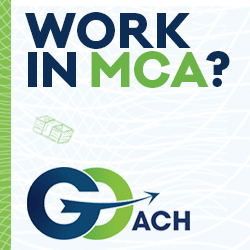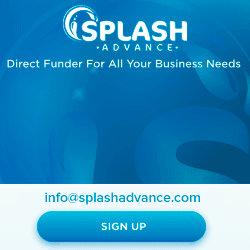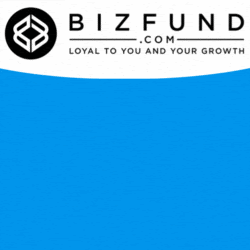Results 1 to 6 of 6
Threaded View
-
07-27-2023, 04:37 PM #1Senior Member











 Reputation points: 20323
Reputation points: 20323
- Join Date
- Oct 2013
- Location
- Designer
- Posts
- 591
Barriers to Generating Your Own Quality Leads.
1) First understand how to identify your market, drill down to what your ideal client looks like, and find the language to engage that client, make them drop what they're doing, and take your desired action. And do it repeatedly.
IE. Market is about 35 million businesses in US, about 20% make over $250,000 annually. 4 - 12 employees tend to be more responsive. Find the pain points of different industries. Find the motivations of different industries (most people forget this).
Restaurants generate the least revenue on Tuesdays and Wednesdays. Auto repair shops need to maintain a big inventory of parts, and the right working equipment to service the most customers. Jewelry stores have to buy and sell gold based on the latest fashion trends, but have to predict when the transition to new trends, so they're not stuck with slow outdated items.
Ironically, angry, pissed off clients have taught me the most about what does and doesn't work.
2) Then identify the specific engagement nuances of the platform you're using
(Should your messages be entertaining, direct to the point, conversational, vague, re-directing, introduction followed by retargeting)
IE. People tend to look at email earlier in the day or after work, when the chaos has died down, people browsing facebook aren’t usually in work mode at that time, text messages should be able to answer key questions, phone campaigns should have agents ready to close on the spot, etc.
3) Then you have to know how to deal with flagging, blacklisting, click scams, and all the different ways Internet providers, phone companies, email, SMS tools/providers, etc. stop you from mass blasting.
IE: Build pseudo authority in the eyes of these companies, identify and avoid blacklisted keywords, use scoring tools to constantly validate your messages, create a lot of messages.
4) Then you deal with industry saturation: being distinct, offering the appearance of a competitive advantage, (where one typically doesn't exist), or actually creating a competitive advantage, because we're selling a commodity that most have access to, and there's no direct barrier to entry in this space.
Creating a competitive advantage can take longer than creating the whole campaign itself, and can be more expensive.
For all these tasks, you either learn the hard way through testing, trial and error, or you find someone who's done it (in the MCA space ideally) to hold your hand and take you down the path.
When we were ranked Number one on Google for "business loans", years ago, companies spent tens of thousands of dollars to try to take that position from us, which we held for 6 years straight
That was an example of companies spending money to organically create leads, while competing on a platform they didn’t fully understand.
Lending Tree
I've usually heard good things about Lending Tree. They do have a steep upfront price, and a minimum 1 year commitment. Their lowest price is $10,000 a month, and it might be $20,000 now.
You better have your systems and processes in place, and trained agents ready to eat, because there are no refunds.
They can provide lots of volume, but once you go over 500 - 700 real time leads a month, I've seen quality issues.
Buying from third parties is more expensive in the long run than doing it yourself, but the results can be immediate.
Generating leads yourself is more expensive upfront, and takes longer to see results, but then becomes way more cost effective over time, and gives you more control of your book, increases renewals, and more control of your growth overall.
www.UccRadar.com – Large volume merchants filling out your application.
Similar Threads
-
Start Executing & Generating Your Own Leads for 2023
By Yankeeman07 in forum PromotionsReplies: 2Last Post: 11-27-2022, 07:02 AM -
Generating In-House Leads Resources
By Yankeeman07 in forum Everything elseReplies: 0Last Post: 01-22-2021, 12:21 PM -
Still generating 700 online form leads per day - who needs leads?
By PFS Marketing in forum PromotionsReplies: 3Last Post: 03-08-2018, 01:09 PM -
Generating Over 600 Leads a Day for Business Loans
By PopCrumbs in forum PromotionsReplies: 2Last Post: 02-13-2018, 05:22 PM -
Anyone still generating their own UCC leads?
By mcauser in forum Merchant Cash AdvanceReplies: 6Last Post: 02-10-2018, 06:21 PM


 Reply With Quote
Reply With Quote















